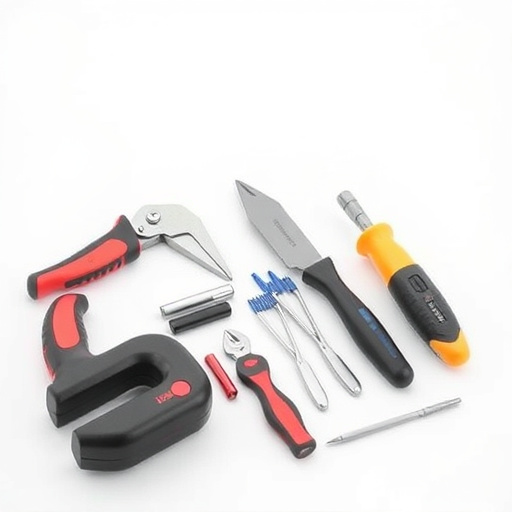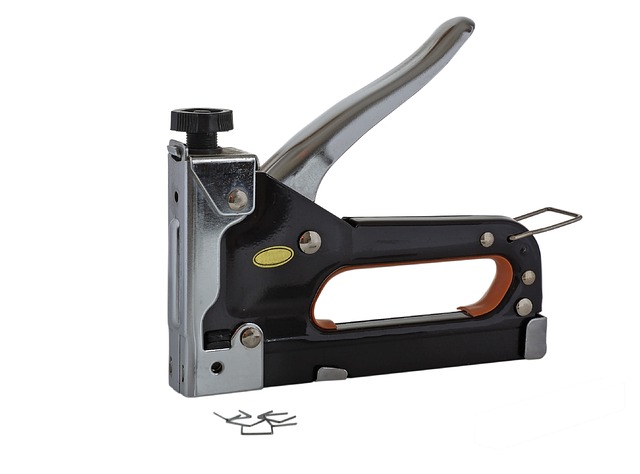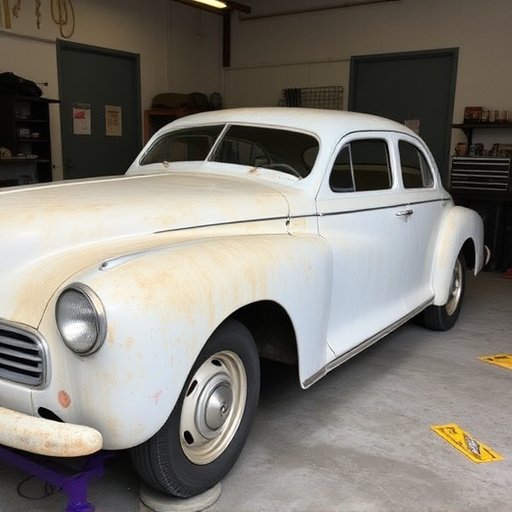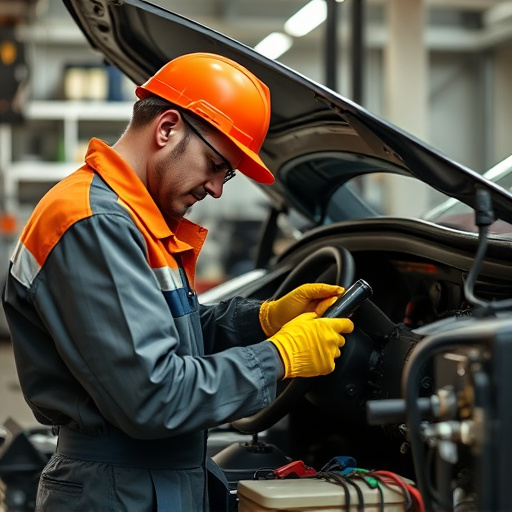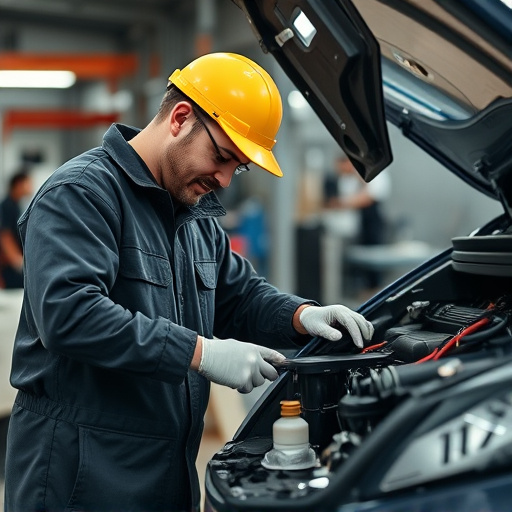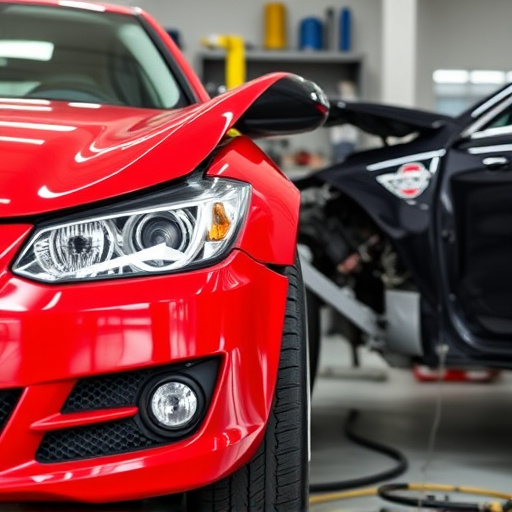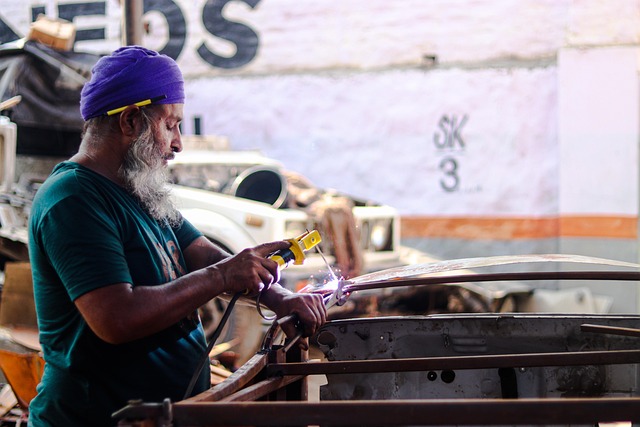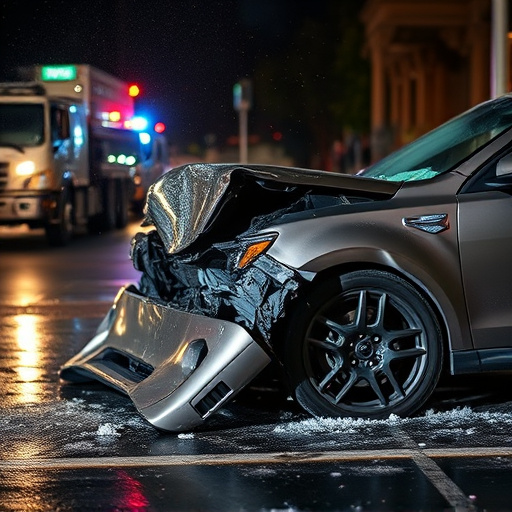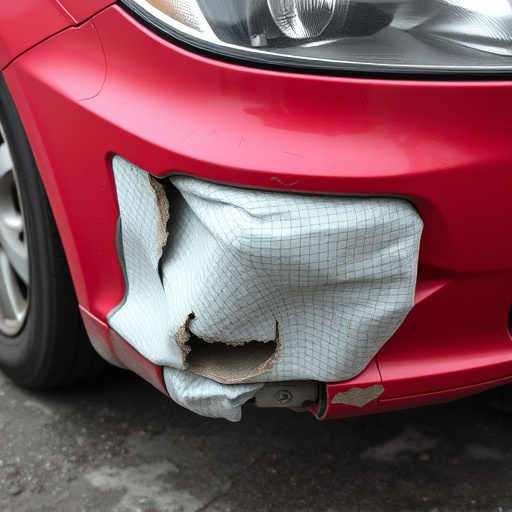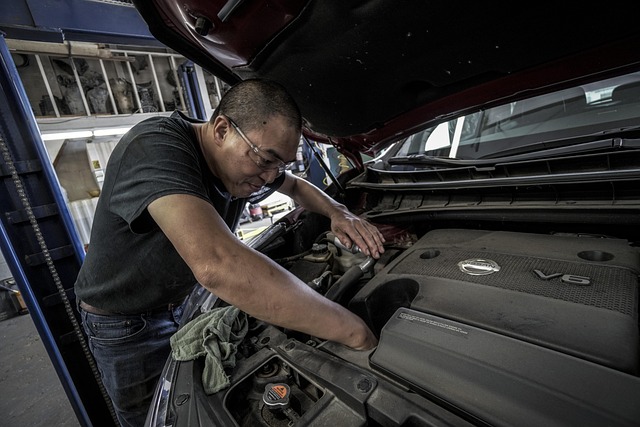Engine mounts, critical for vehicle stability, can suffer damage in collisions, posing safety risks if left untreated. Mechanics at collision repair centers use diagnostic tools from visual inspections to advanced scans to identify issues like misalignments, cracks, or deformations. Advanced digital tools now aid in detecting subtle anomalies, allowing for precise measurements and effective repairs, including fender repair or paintless dent repair, ensuring enhanced vehicle safety and performance after collisions.
In the realm of automotive maintenance, understanding engine mount collision damage is crucial for ensuring vehicle safety. This article delves into the intricate world of mechanics and their diagnostic prowess, especially in identifying and addressing engine mount issues post-collision. By exploring visual signs and advanced tools, we uncover how professionals navigate the labyrinthine landscape of potential damage. From the fundamental role of engine mounts to cutting-edge diagnostic methods, this guide provides insights for folks seeking to foster vehicle longevity and safety.
- Understanding Engine Mounts and Their Role in Vehicle Safety
- Identifying Visual Signs of Collision Damage
- Advanced Diagnostic Tools for Accurate Detection of Engine Mount Issues Post-Collision
Understanding Engine Mounts and Their Role in Vehicle Safety
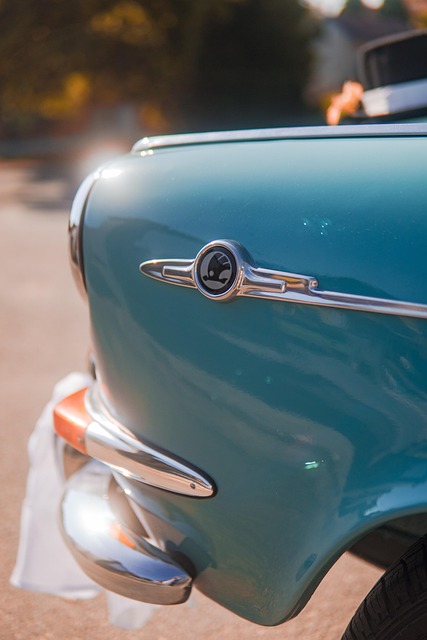
Engine mounts are critical components that ensure the secure attachment of an engine to a vehicle’s chassis. They play a pivotal role in maintaining vehicle stability and safety, absorbing and minimizing the impact of vibrations, and preventing excessive movement of the engine during operation. In the event of a collision, especially high-impact ones, these mounts can sustain damage, leading to potential safety hazards if left unaddressed.
Understanding the signs of engine mount collision damage is crucial for both drivers and automotive professionals. Common indicators include unusual vibrations, noise, or misalignment of the engine. A collision repair center or vehicle body shop with experienced mechanics will utilize specialized tools and expertise to diagnose issues accurately. They might perform visual inspections, stress tests, or advanced diagnostic scans to determine if replacement or repairs are necessary, ensuring the safety and optimal performance of the vehicle through proper auto body painting and collision repair techniques.
Identifying Visual Signs of Collision Damage
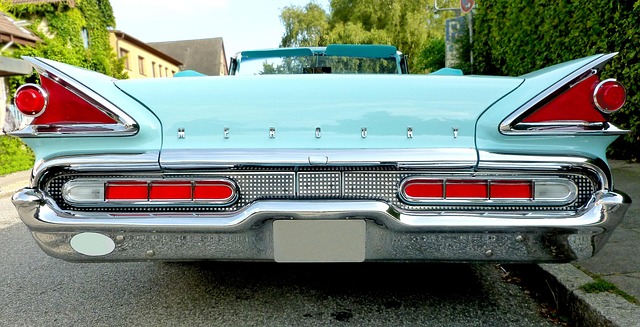
When it comes to engine mount collision damage, mechanics employ a keen eye for visual cues that indicate an impact. The first step in diagnosing this issue is to inspect the vehicle’s undercarriage and engine bay for any visible signs of trauma. Skilled technicians look for misalignments, cracks, or deformations in the metal components surrounding the engine mount area. These may include the engine cradle, bracketry, and supporting structures. Even minor collisions can cause subtle warping or misalignment that might go unnoticed by untrained eyes but are easily detectable by experienced auto repair shop mechanics.
The presence of dents, scratches, or tears in the engine compartment’s panel or fenders is another clear indication of potential engine mount collision damage. In some cases, these external marks align with internal issues within the engine mount system. Mechanics may also check for oil leaks, as a compromised engine mount can lead to leakage over time. By combining visual inspections with knowledge of auto dent repair techniques and tire services, they can accurately assess the extent of the collision damage and recommend appropriate repairs.
Advanced Diagnostic Tools for Accurate Detection of Engine Mount Issues Post-Collision
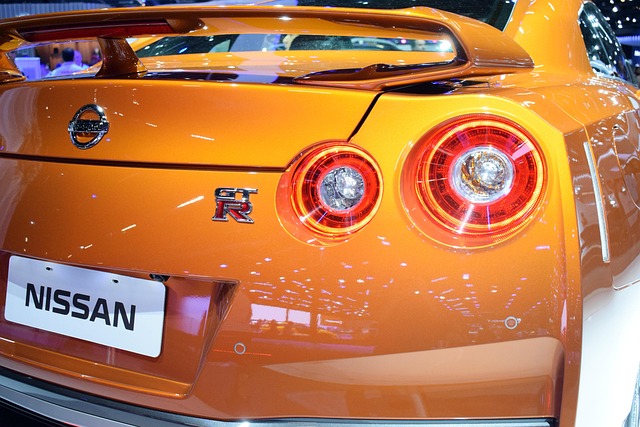
In today’s digital era, advanced diagnostic tools have revolutionized how mechanics approach engine mount collision damage. These sophisticated systems employ sensors and computer-aided detection to pinpoint even the subtlest anomalies that might indicate issues with engine mounts following a car collision. By analyzing data from various sources like accelerometers, gyroscopes, and impact sensors, these tools can accurately diagnose cracks, deformations, or misalignments that may be invisible to the naked eye.
Mechanics now have access to advanced diagnostic software that integrates seamlessly with specialized equipment, enabling them to perform comprehensive inspections swiftly. This technology goes beyond traditional visual inspections by offering precise measurements and detailed reports, facilitating more effective fender repair or even paintless dent repair processes if damage is minimal. Such advancements ensure that engine mount collision damage is not only detected but also repaired accurately, enhancing vehicle safety and performance post-collision.
In diagnosing engine mount collision damage, mechanics employ a combination of visual inspection and advanced diagnostic tools. By understanding the critical role of engine mounts in vehicle safety and utilizing these methods, they can accurately detect even subtle signs of post-collision issues. This ensures that any potential dangers are addressed promptly, enhancing road safety for all.
